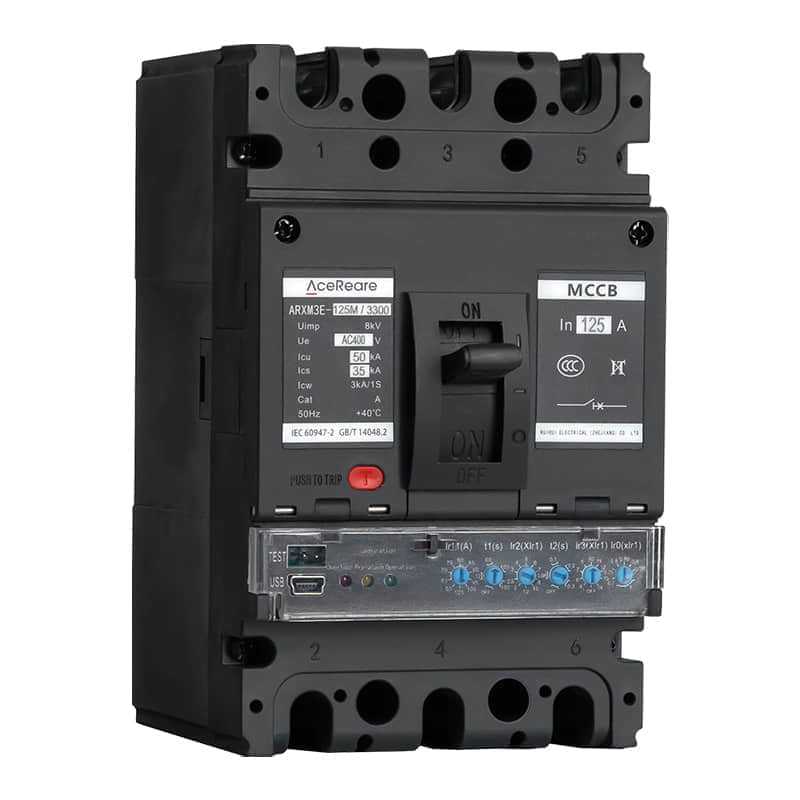Innovations in the Manufacturing of Electronic Circuit Breakers

Electronic devices have become an integral part of our daily lives, powering everything from smartphones to industrial machinery. At the heart of these devices lie electronic circuit breakers, essential components that ensure safety by preventing electrical overloads. As technology advances at a rapid pace, so does the manufacturing of electronic circuit breakers. This article explores the innovations that have revolutionized the production of these crucial components.

Traditional circuit breakers have long relied on mechanical mechanisms to interrupt electrical currents in case of overload. However, modern electronic circuit breakers have taken a leap forward by incorporating advanced materials and digital intelligence into their design. Manufacturers are now utilizing innovative semiconductors, such as gallium nitride (GaN) and silicon carbide (SiC), which offer higher efficiency, faster switching speeds, and greater thermal tolerance compared to conventional materials. The integration of digital technologies has been a game-changer in electronic circuit breaker manufacturing. Programmable logic controllers (PLCs) and microcontrollers are being embedded within circuit breakers, enabling real-time monitoring, remote control, and self-diagnosis capabilities. This not only enhances the precision of the circuit breaker’s performance but also contributes to predictive maintenance, thereby reducing downtime and maintenance costs in various industries. One of the most significant shifts in electronic circuit breaker manufacturing is the move towards more compact and modular designs. Traditional circuit breakers occupied substantial space, limiting their application in modern miniaturized electronics. Manufacturers now focus on producing slimline and modular circuit breakers that can be easily integrated into space-constrained devices without compromising on performance. This adaptability has opened doors for their use in smart homes, electric vehicles, and aerospace systems. Automation has had a profound impact on electronic circuit breaker manufacturing. Robotic assembly lines and advanced machinery have streamlined the production process, leading to higher precision and efficiency. Automated optical inspection systems ensure that each circuit breaker meets stringent quality standards by identifying even the tiniest defects. This level of automation not only accelerates production but also enhances the overall reliability of the end product. Environmental concerns have also driven innovation in electronic circuit breaker manufacturing. Lead-free soldering processes and the use of eco-friendly materials are becoming industry norms. Manufacturers are increasingly investing in research to develop circuit breakers with reduced energy consumption, which aligns with global efforts towards energy efficiency and sustainability. The demand for customization has led to the development of flexible manufacturing techniques. Electronic circuit breakers can now be tailored to specific voltage and current requirements, making them suitable for a wide range of applications. This flexibility extends to the physical design as well, with manufacturers offering various shapes and sizes to accommodate diverse installation needs. Quality control has been a focal point in electronic circuit breaker manufacturing. Stringent testing procedures, including thermal cycling, vibration testing, and electromagnetic interference testing, ensure that these components can withstand harsh conditions and operate reliably over their lifespan. This dedication to quality is crucial, given that circuit breakers play a pivotal role in safeguarding both human lives and valuable equipment. In conclusion, the manufacturing of electronic circuit breakers has undergone remarkable transformations driven by advancements in materials, digital technology, design, automation, and environmental consciousness. These innovations have not only improved the performance and reliability of circuit breakers but have also expanded their applications across industries. As technology continues to advance, we can anticipate further breakthroughs that will shape the future of electronic circuit breaker manufacturing and its role in powering our increasingly interconnected world.
